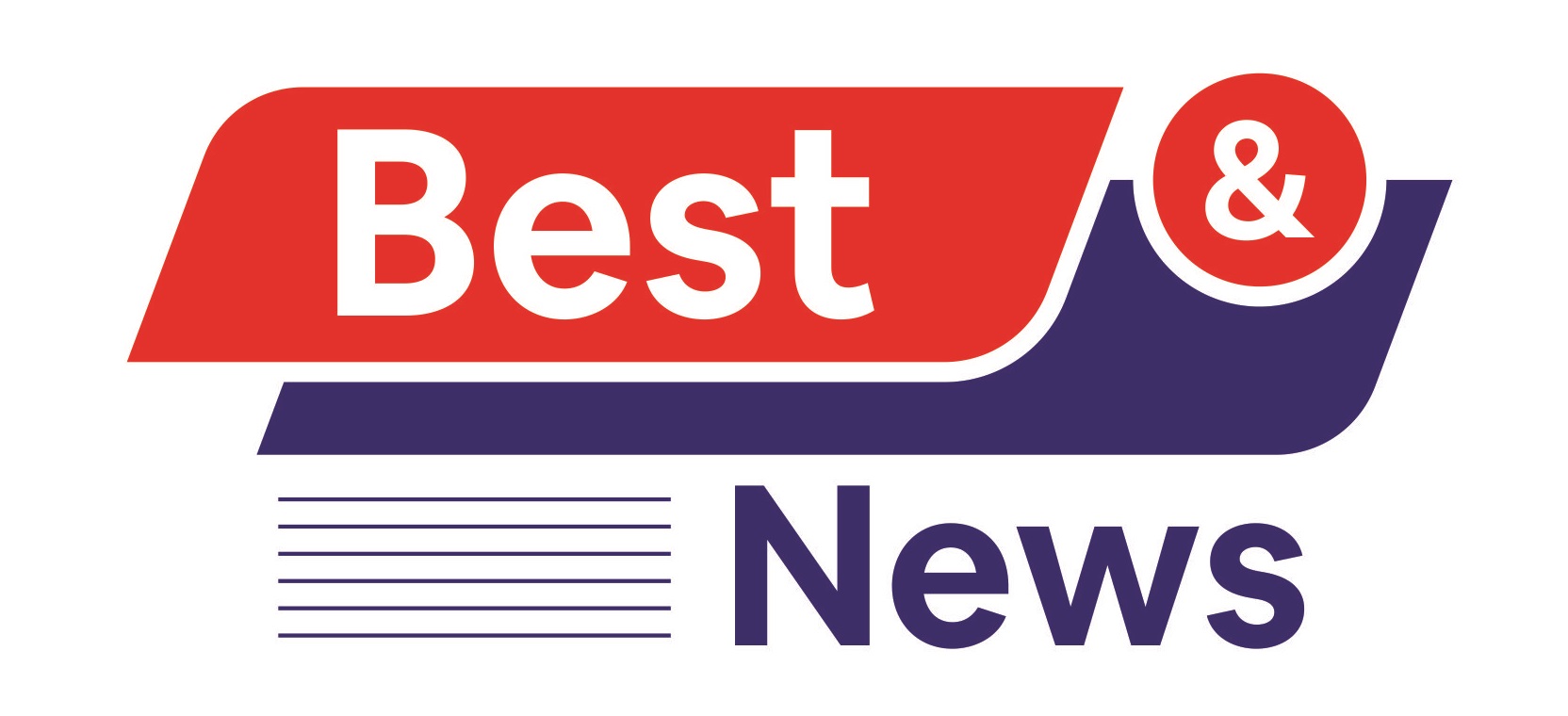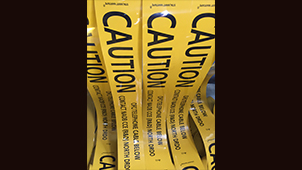Understanding the Role of Warning Tapes
In construction and industrial environments, safety is paramount. Warning tapes serve as a critical tool in safeguarding workers and the public from potential hazards. These tapes are highly visible markers used to delineate danger zones, highlight restricted areas, and provide clear visual warnings of potential risks. Utilizing warning tapes correctly can significantly reduce accidents and ensure that safety protocols are adhered to with minimal confusion.
Types of Warning Tapes and Their Applications
Warning tapes come in various types, each tailored to specific uses. The most common types include barrier tapes, which are typically used to cordon off areas where there is ongoing construction, and hazard tapes, which are used to mark areas where specific dangers, such as electrical hazards or chemical spills, may exist. The versatility of these tapes allows them to be used in a wide range of environments, from large construction sites to smaller industrial settings.
Best Practices for Effective Usage of Warning Tapes
To maximize the effectiveness of warning tapes, it’s essential to follow certain best practices. First, the placement of the tape is crucial. Tapes should be placed at eye level or along the ground to ensure they are easily noticed. Additionally, the tape should be securely fastened to prevent it from being dislodged by wind or movement. Clear and concise messaging on the tape, such as “Caution” or “Danger,” should be used to communicate the specific hazard present.
The Significance of Warning Mats in Industrial Settings
While warning tapes are essential, warning mats also play a crucial role in industrial safety. Warning mats are typically placed on floors in areas where there is a significant risk of slipping, tripping, or falling. These mats are designed to provide both a visual and physical barrier, alerting workers to potential dangers while also providing a stable surface to prevent accidents. The use of Warning Mat is particularly important in environments where heavy machinery or hazardous materials are present.
Choosing the Right Warning Tape for Your Needs
Selecting the appropriate warning tape for a specific application is vital for ensuring safety. Factors such as the tape’s material, color, and adhesive properties must be considered. For instance, outdoor environments may require more durable tapes that can withstand harsh weather conditions, while indoor settings might prioritize tapes that are easy to remove without leaving residue. The color of the tape is also significant; for example, yellow is commonly used for caution, while red is used to signify immediate danger.
Implementing Warning Tapes in Construction Zones
Construction zones are inherently hazardous, making the proper use of warning tapes essential. Tapes should be used to mark off areas where heavy machinery is in operation, where there are open trenches, or where scaffolding is in use. In addition to physical barriers, warning tapes serve as a visual cue for workers and passersby to exercise caution. Regular inspection of the tapes should be conducted to ensure they remain intact and visible throughout the duration of the construction project.
Warning Tape Maintenance and Longevity
Maintaining warning tapes is key to ensuring their effectiveness over time. Tapes exposed to the elements can degrade, losing their visibility and adhesive properties. Regular checks should be performed to replace any damaged or faded tapes. In industrial settings, tapes may also be exposed to chemicals or heavy traffic, necessitating more frequent replacements. By staying vigilant in maintaining warning tapes, companies can ensure continuous safety and compliance with regulatory standards.
The Future of Warning Tapes and Mats in Safety Protocols
As safety standards evolve, so too does the technology behind warning tapes and mats. Advances in materials science have led to the development of more durable, eco-friendly tapes that are both highly visible and resistant to wear and tear. Innovations such as reflective warning tapes and mats with embedded sensors are paving the way for smarter safety solutions. These advancements not only enhance safety but also contribute to the overall efficiency of construction and industrial operations.
Conclusion
The effective use of Warning Tape and mats is integral to maintaining safety in construction and industrial settings. By adhering to best practices and staying informed about the latest advancements, companies can protect their workers and the public from potential hazards. As a leader in the production of high-quality safety materials, Polycan Extrusion Pvt. Ltd continues to set the standard for excellence in the industry, providing innovative solutions that meet the evolving needs of its customers. To learn more about their offerings, visit plasticssheets.com.

